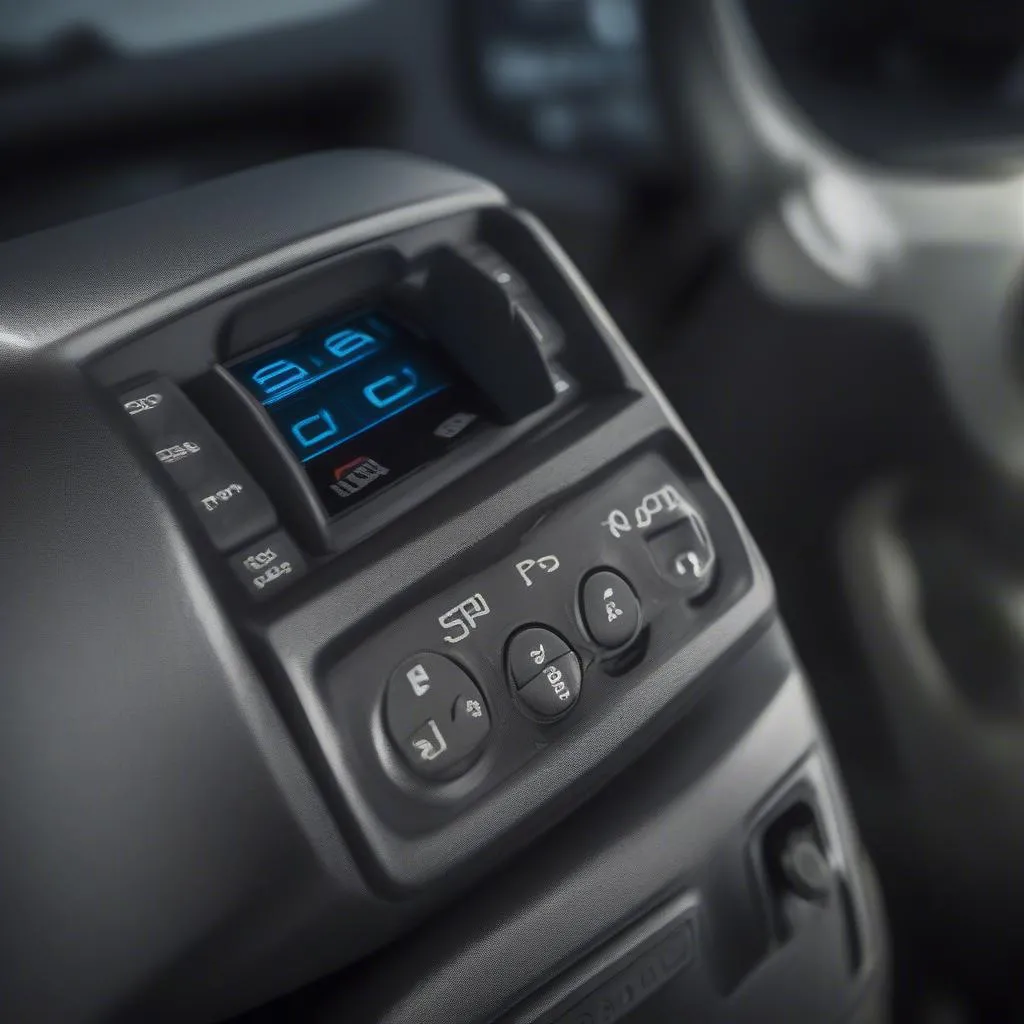Ever found yourself scratching your head, wondering where the OBD port on your 2013 Suburban is? You’re not alone! Finding that little connector can feel like searching for a needle in a haystack, especially if you’re new to the world of car maintenance. But don’t worry, we’re here to help!
In this article, we’ll be taking a deep dive into the OBD port location in the 2013 Suburban, exploring its significance, and demystifying the process of accessing it.
Why is the OBD Location Important?
The OBD (On-Board Diagnostics) port, often referred to as the “diagnostic connector,” acts as a crucial communication link between your car’s computer system and external diagnostic tools. It allows mechanics and DIY enthusiasts to access valuable data about your Suburban’s performance, troubleshoot potential issues, and even monitor its emissions. Think of it as the gateway to your car’s hidden secrets!
Finding the OBD Port in Your 2013 Suburban
The 2013 Suburban, like many modern vehicles, has its OBD port located beneath the dashboard, on the driver’s side. Here’s how to locate it:
- Start with the driver’s side footwell: Look along the bottom of the dashboard, towards the driver’s side.
- Feel for a rectangular port: It’s typically a 16-pin connector with a unique shape.
- Check for labels: The OBD port might have a label that says “OBD II” or “DLC.”
 2013-suburban-obd-port
2013-suburban-obd-port
What Can You Do with the OBD Port?
The OBD port opens a world of possibilities for car owners. Here are a few common applications:
- Diagnostics: Using a compatible scanner, you can retrieve diagnostic trouble codes (DTCs), which provide insight into any malfunctions or errors happening within your car’s system.
- Data Monitoring: Access real-time data about your engine’s performance, such as fuel consumption, speed, and RPMs.
- Emission Testing: OBD scanners can perform emissions checks, ensuring your Suburban meets environmental regulations.
- Tuning and Modification: For more advanced users, the OBD port allows for modifying engine parameters and even customizing the car’s performance.
Common Questions About the OBD Port
“Can I use any scanner with my 2013 Suburban?”
Not all scanners are compatible with all cars. The 2013 Suburban is compatible with OBD-II compliant scanners, which are widely available. However, some features might require specific scanners for the Chevrolet platform.
“What if I can’t find the OBD port?”
If you can’t locate the OBD port in the expected location, it could be hidden behind a panel or cover. Check your owner’s manual or consult a trusted mechanic for assistance.
“Is it safe to use a scanner on my car?”
Using a compatible OBD scanner is generally safe. However, be cautious about modifying engine settings or attempting advanced diagnostics without proper knowledge or expertise.
“How often should I scan my car?”
It’s recommended to scan your car at least once a year or whenever you suspect a problem. If your “Check Engine” light comes on, scanning the OBD port can help you identify the issue and potentially save you money on repairs.
Conclusion:
Knowing the location of your 2013 Suburban’s OBD port can empower you to take control of your car’s maintenance and performance. Whether you’re a seasoned DIY enthusiast or a casual car owner, accessing this valuable diagnostic tool can help you stay ahead of potential issues and ensure your Suburban runs smoothly for years to come.
If you have any further questions or require assistance with diagnostics or repair, please don’t hesitate to reach out to our team of experts. We’re available 24/7 via WhatsApp: +84767531508. We’re here to help you keep your Suburban in top condition!
Note: It’s important to remember that the information provided in this article is for informational purposes only. Always consult with a qualified mechanic for any specific repair or maintenance needs.